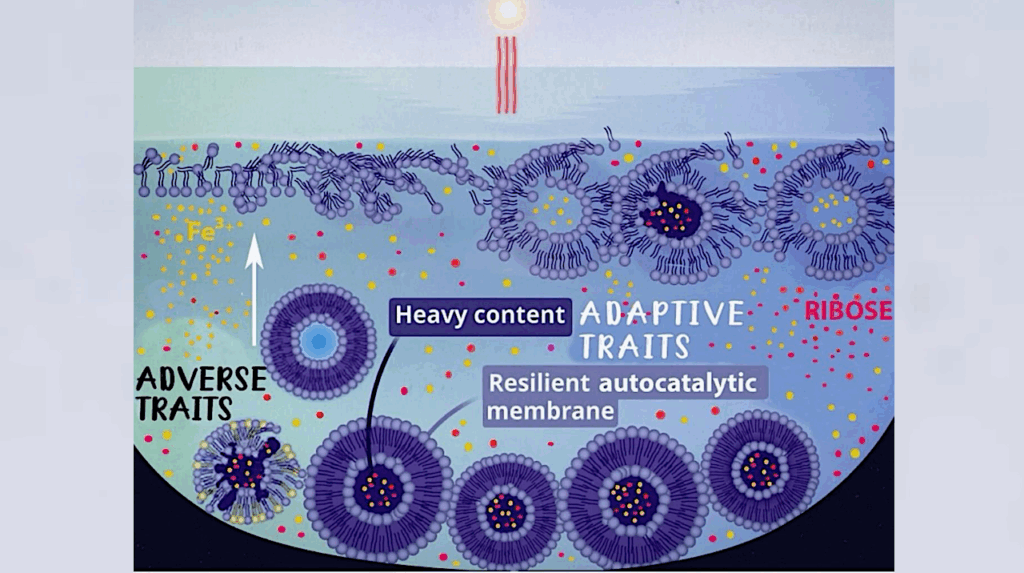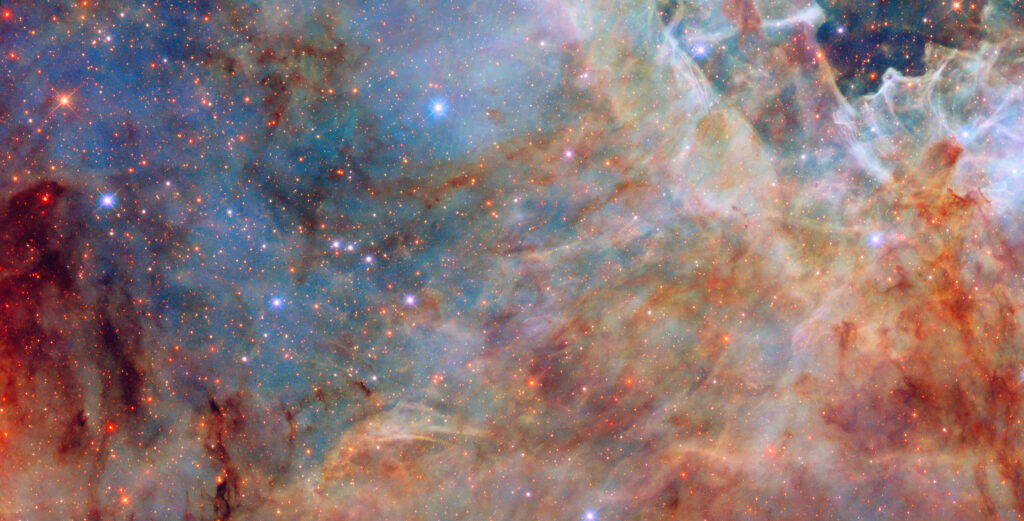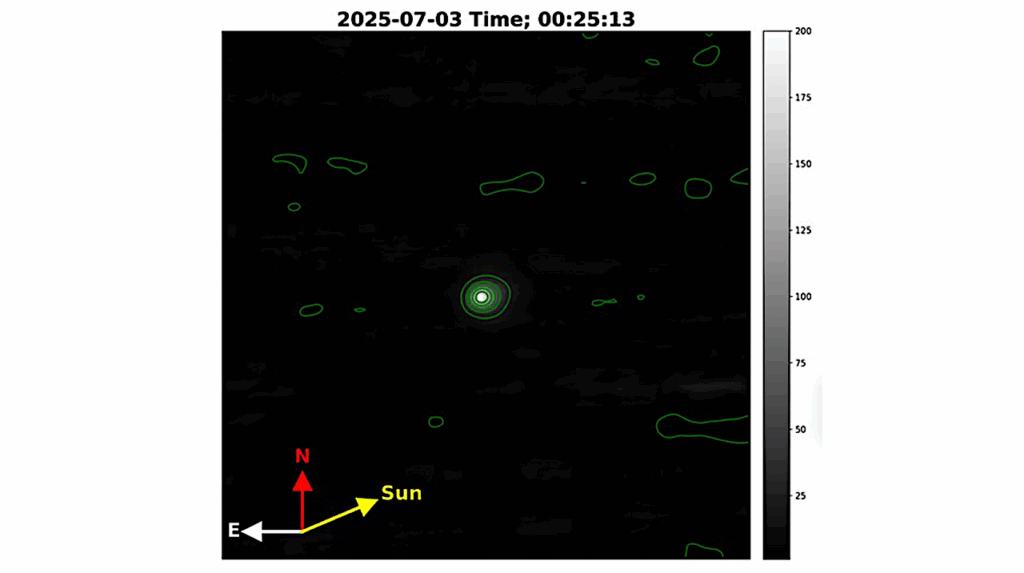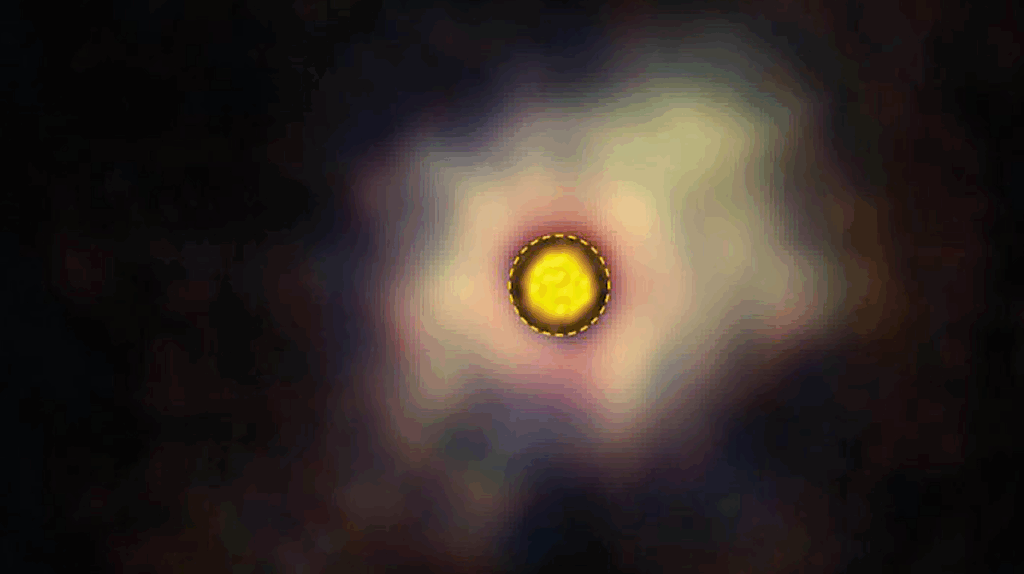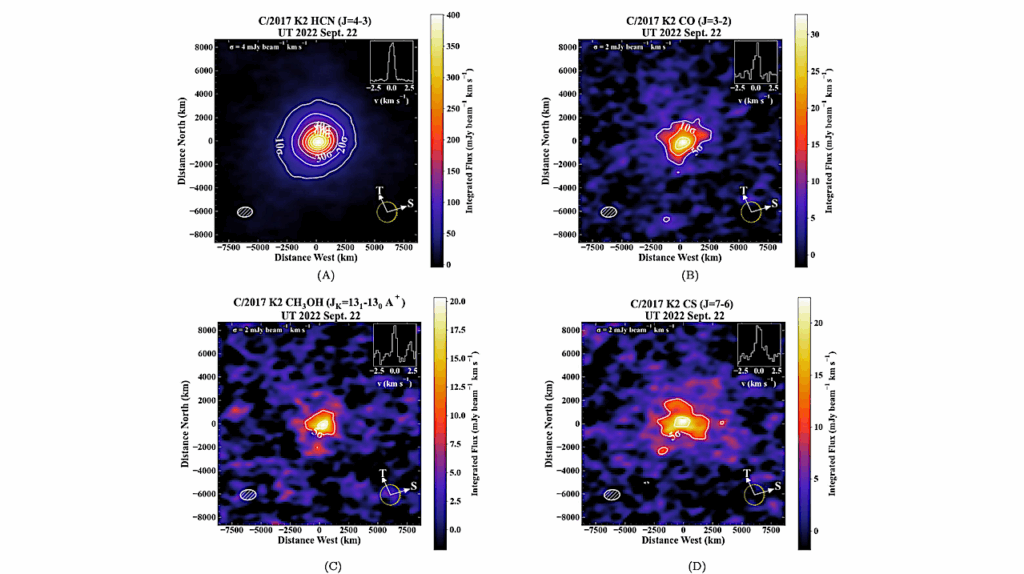Astrochemical Modelling of Infrared Dark Clouds

Infrared Dark Clouds (IRDCs) are cold, dense regions of the interstellar medium that are likely to represent the initial conditions for massive star and star cluster this is thus important to study the physical and chemical conditions of IRDCs to provide constraints and inputs for theoretical models of these processes.
We aim to determine the astrochemical conditions, especially cosmic ray ionization rate (CRIR) and chemical age, in different regions of the massive IRDC G28.37+00.07 by comparing observed abundances of multiple molecules and molecular ions with the predictions of astrochemical models. We have computed a series of single-zone astrochemical models with a gas-grain network that systematically explores the parameter space of density, temperature, CRIR, and visual extinction.
We have also investigated the effects of choices of CO ice binding energy and temperatures achieved in transient heating of grains when struck by cosmic rays. We selected 10 positions across the IRDC that are known to have a variety of star formation activity. We utilised mid-infrared (MIR) extinction maps and sub-mm emission maps to measure the mass surface densities of these regions, needed for abundance and volume density estimates. The sub-mm emission maps were also used to measure temperatures.
We then used IRAM-30m observations of various tracers to estimate column densities and thus abundances. Using estimates of the abundances of CO, HCO+ and N2H+ we find consistency with astrochemical models that have relatively low CRIRs of ζ∼10−18 to ∼10−17s−1, with no evidence for systematic variation with the level of star formation activity. Astrochemical ages are found to be < 1 Myr. We discuss potential sources of systematic uncertainties in these results and the overall implications for IRDC evolutionary history and astrochemical models.(abridged for arXiv)
Negar Entekhabi, Jonathan C. Tan, Giuliana Cosentino, Chia-Jung Hsu, Paola Caselli, Catherine Walsh, Wanggi Lim, Jonathan D. Henshaw, Ashley T. Barnes, Francesco Fontani, Izaskun Jiménez-Serra
Comments: Submitted to A&A, comments welcome
Subjects: Astrophysics of Galaxies (astro-ph.GA); Solar and Stellar Astrophysics (astro-ph.SR)
Cite as: arXiv:2111.05379 [astro-ph.GA] (or arXiv:2111.05379v1 [astro-ph.GA] for this version)
Submission history
From: Negar Entekhabi
[v1] Sun, 7 Nov 2021 20:48:10 UTC (4,746 KB)
https://arxiv.org/abs/2111.05379
Astrobiology, Astrochemistry,


